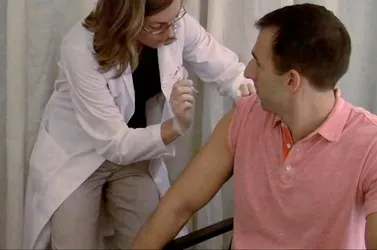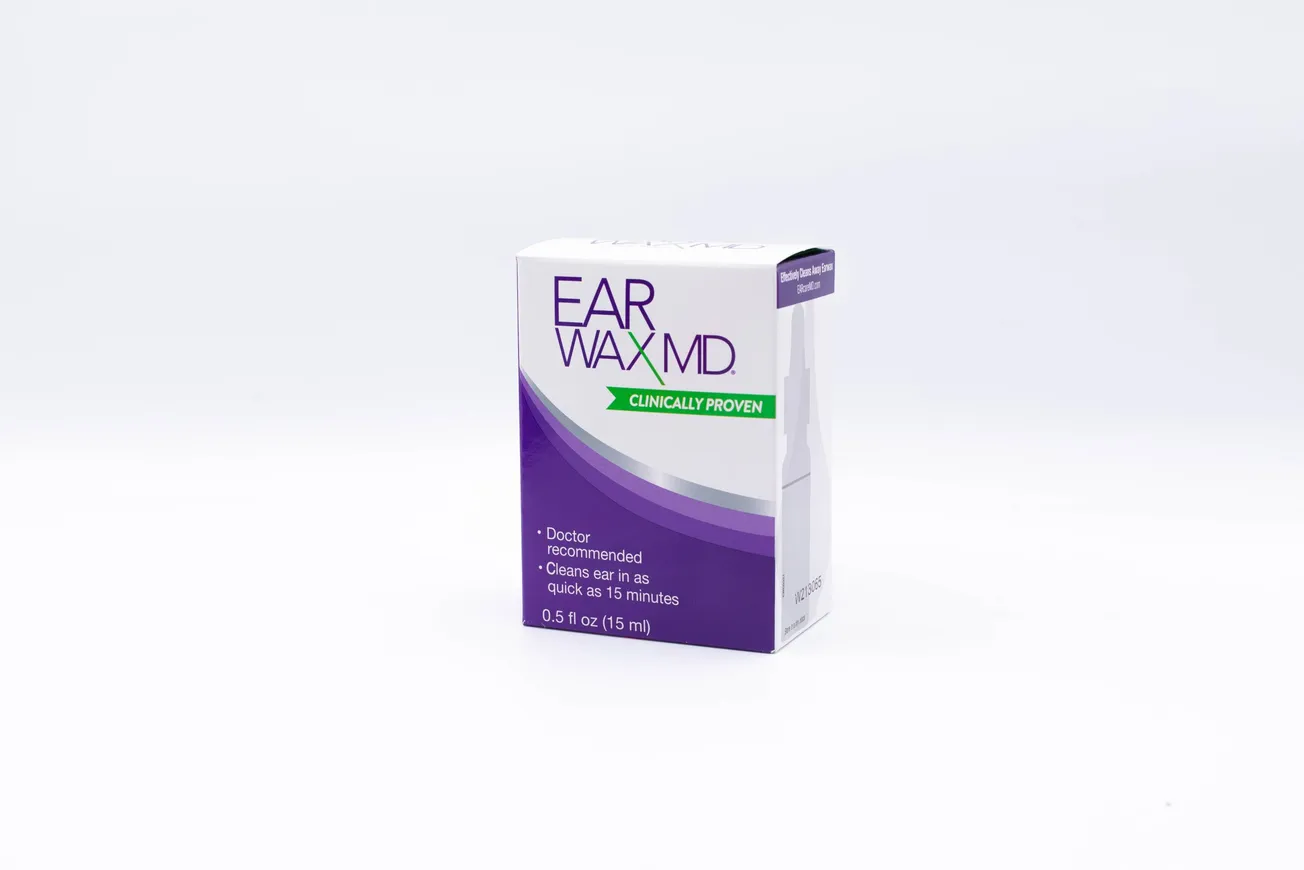Two major drug chain manufacturer partners — Johnson & Johnson and Procter & Gamble — are involved in collaborations that could make a big impact in fighting flu and heart disease.
Scientists from The Scripps Research Institute (TSRI) and J&J’s Janssen pharmaceutical subsidiary have found a way to induce antibodies to fight a wide range of influenza subtypes — with the hope that one day this could enable people to forgo the need for repeated seasonal flu shots.
The immunogen in the TSRI-Janssen study is intended to teach the body to make powerful antibodies against a range of flu strains.
“This study shows that we’re moving in the right direction for a universal flu vaccine,” according to Ian Wilson, Hansen Professor of Structural Biology and chair of the Department of Integrative Structural and Computational Biology at TSRI.
Though an annual flu shot provides some protection against influenza, subtypes not covered by the vaccine can surface rapidly. Over past decade, studies from TSRI, Janssen and others have shown that some people can make powerful antibodies that can fight many subtypes of flu at once by targeting a site on the influenza virus that doesn’t mutate rapidly. However, these “broadly neutralizing antibodies,” or bnAbs, are rare, TSRI noted.
Yet researchers in the TSRI-Janssen study — published online this week by the journal Science — zeroed in on a potential target: a protein on the surface of influenza, called hemagglutinin (HA). HA is present on all subtypes of influenza, providing the key viral “machinery” that enables the virus to enter cells. Most importantly, the long “stem” region of HA, which connects the virus to cells, plays such a crucial role that mutations at the site are unlikely to be passed on. “If the body can make an immune response against the HA stem, it’s difficult for the virus to escape,” explained Wilson.
The effort marks the first time that scientists have been able to cut off the variable head region of HA, designing features able to stabilize the conformation of the original protein, and mimick the key broadly neutralizing site. The aim was to use this synthetic version of the HA stem in a vaccine to teach the body to make powerful antibodies against influenza virus, priming it to fight off a range of flu strains.
Results of tests in rodents and primates are encouraging, showing that antibodies elicited against one influenza subtype could protect against a different subtype. The next step is to see if the immunogen can do the same in humans. “While there is more work to be done, the ultimate goal, of course, would be to create a life-long vaccine,” Wilson added.
Cleveland Clinic and P&G aim to develop an OTC product that can help people manage levels of TMAO, a substance produced by gut bacteria and linked to heart disease.
The study was funded by Janssen and used resources at the Stanford Synchrotron Radiation Lightsource SLAC National Accelerator Laboratory, supported by the U.S. Department of Energy and the National Institutes of Health’s National Institute of General Medical Sciences.
Meanwhile, the Cleveland Clinic is collaborating with Cleveland HeartLab (a Cleveland Clinic spin-off) and Procter & Gamble to develop and commercialize a diagnostic and management solution for a heart disease biomarker recently discovered by researchers in Cleveland Clinic’s Lerner Research and Heart & Vascular Institutes.
Plans call for Cleveland HeartLab to develop a diagnostic test to measure blood levels of trimethylamine-N-oxide (TMAO), a substance that is produced by gut bacteria and linked to heart disease.
In addition, Cleveland Clinic researchers will work with P&G to create an over-the-counter product that can help people manage their TMAO levels.
The Cleveland Clinic noted that numerous clinical studies now indicate that measuring TMAO levels can reveal heightened cardiovascular risks that standard tests, such as cholesterol and inflammation testing, tend to miss.
“This research is truly remarkable and has revealed a whole new level for researchers and industry to explore,” commented Dr. Edward Fisher, director of the Center for the Prevention of Cardiovascular Disease at the NYU School of Medicine.
Cleveland Clinic Innovations, the commercialization arm of Cleveland Clinic, has been working to license the biomarker as a clinical diagnostic test and develop a solution for managing elevated TMAO levels.
According to Thomas Graham, chief innovation officer at Cleveland Clinic, partnering with P&G was a logical strategy because the company has developed and distributed a range of health and wellness brands, including a new “Meta” line of wellness products that offer consumers simple wellness solutions that can be easily incorporated into their lives. Cleveland Clinic and P&G have entered into a joint development agreement to create an OTC product that will help manage TMAO levels.
In the meantime, Cleveland HeartLab has licensed the biomarker to offer TMAO testing and aims to add the new test to its menu of advanced cardiovascular disease tests by the year’s end.
“This collaborative effort between nationally recognized leaders further illustrates Cleveland HeartLab’s commitment to bring cutting-edge discoveries to clinicians who are eagerly looking for better tools to manage heart disease, the No. 1 killer of men and women in the U.S.,” stated Jake Orville, president and CEO of Cleveland HeartLab. “We have a strong history of innovation and are very pleased to collaborate with two global giants in health care — the Cleveland Clinic and Procter & Gamble — on this promising project.”









